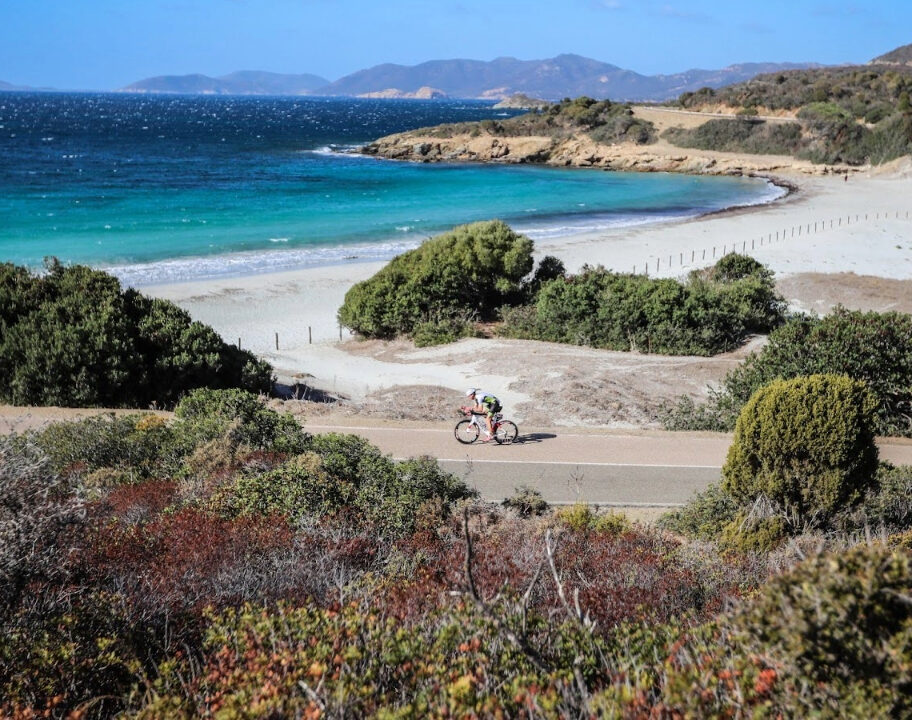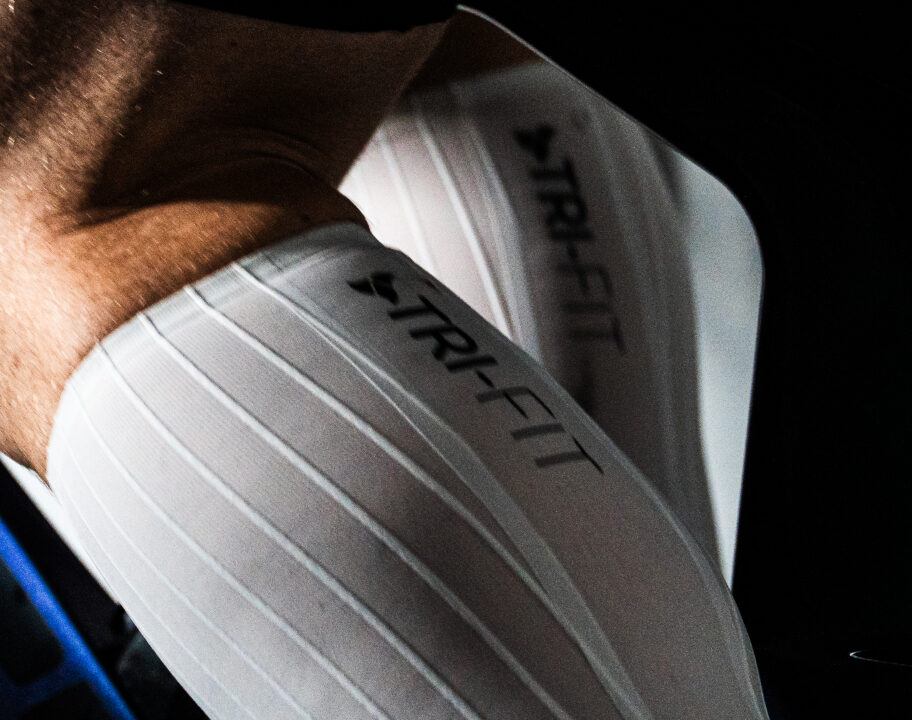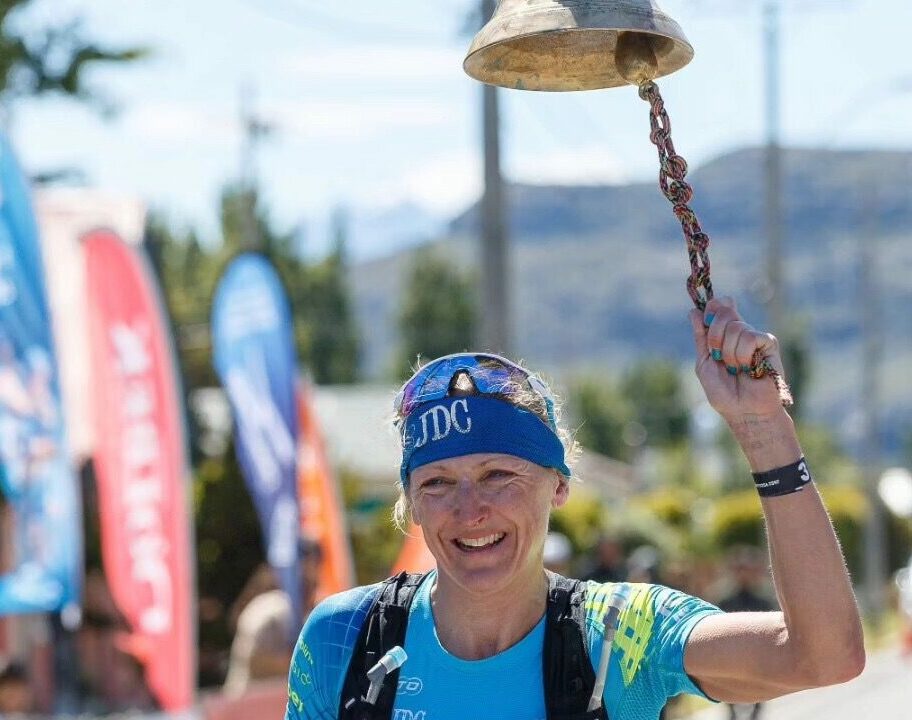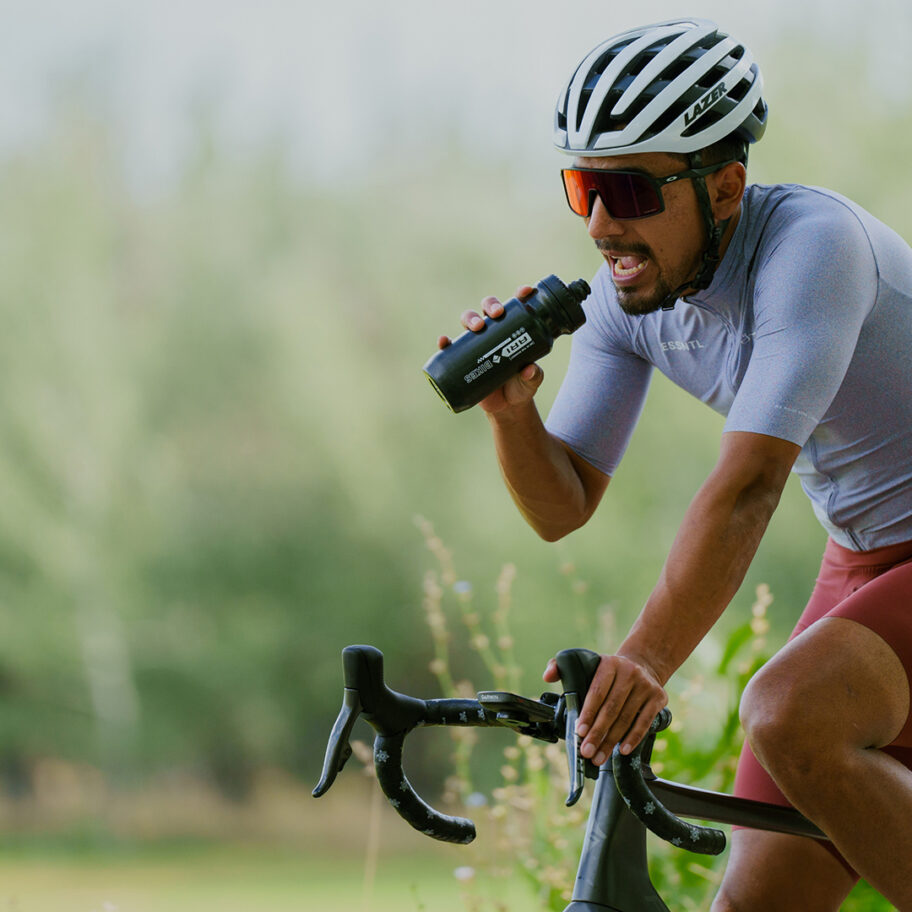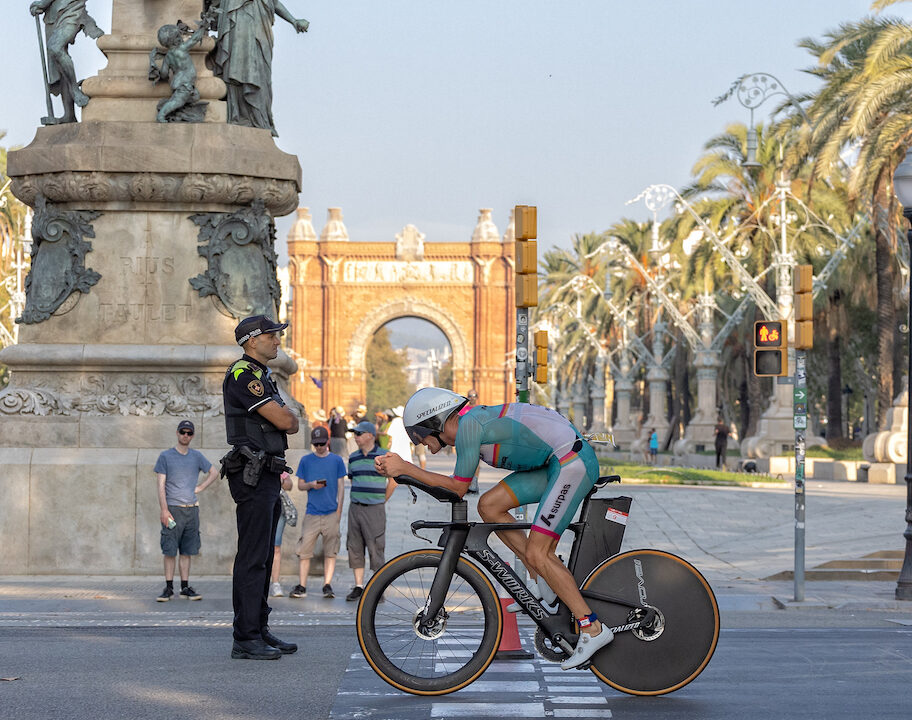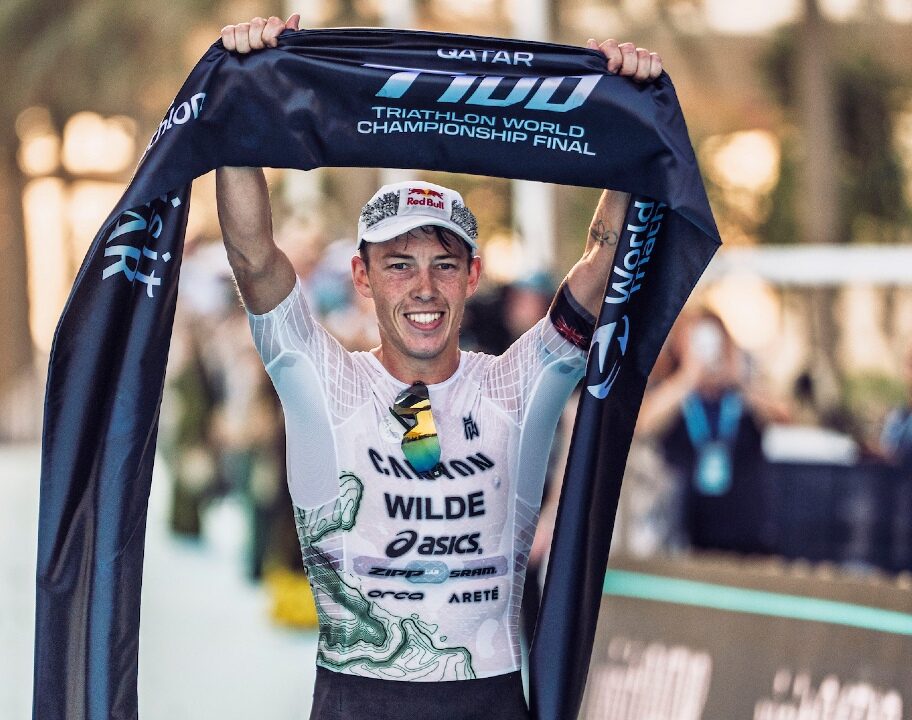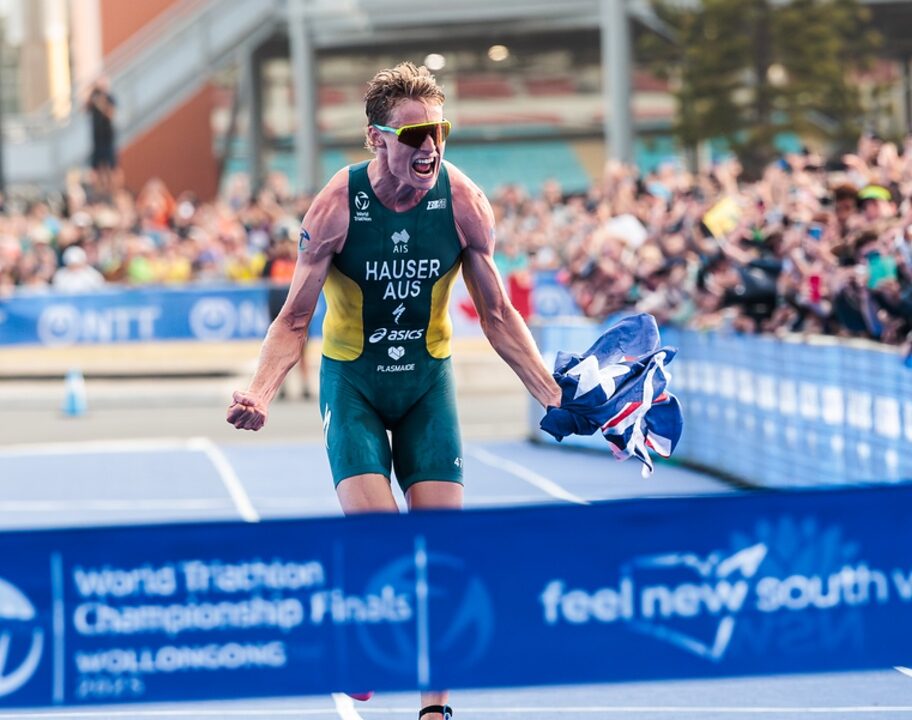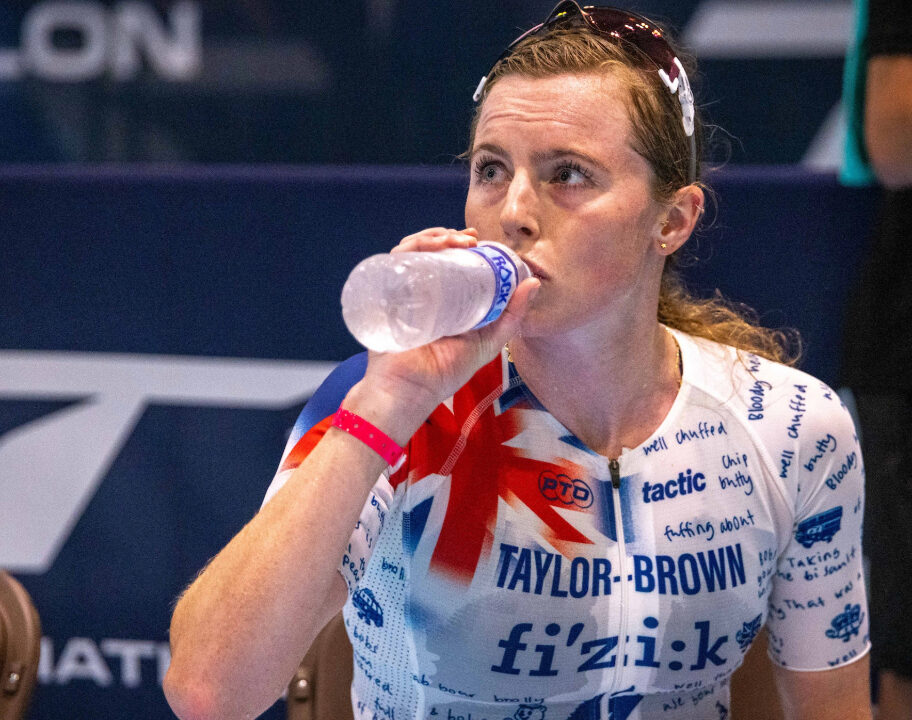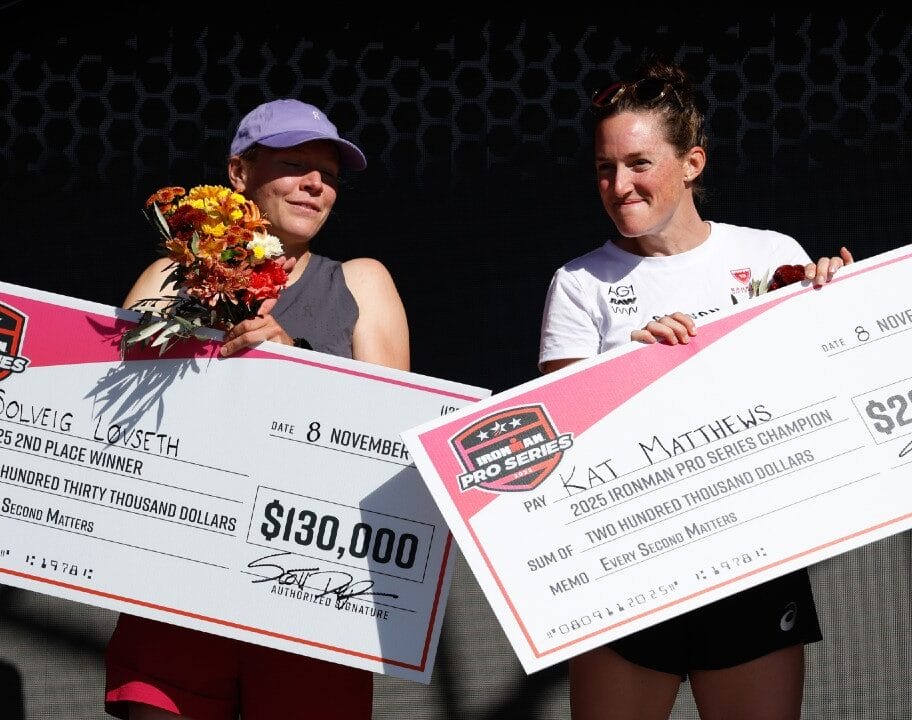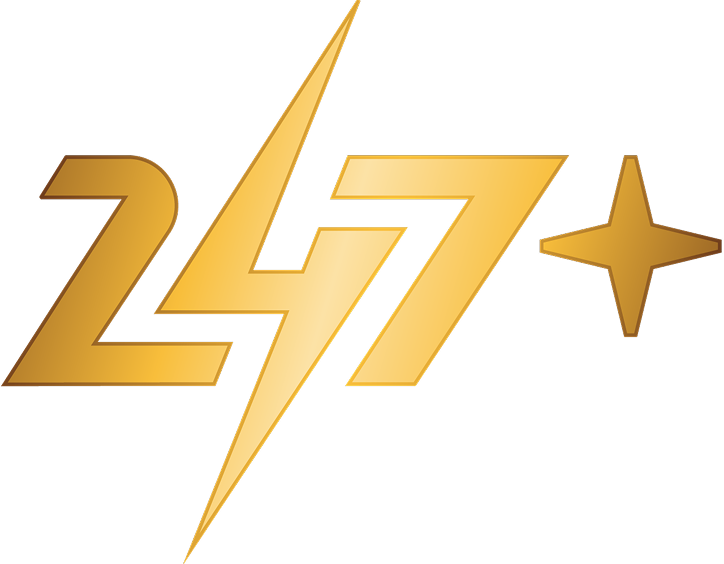A triathlon is anything that involves completing a swim, a bike and run in succession. But take a look at the pro race calendar or a list of upcoming age-group triathlon events and you’ll notice there are a wide range of triathlon distances on offer.
In our guide to triathlon distances, we’ll talk you through all the various triathlon race formats out there. From the fast and furious short course racing, to the ultimate endurance challenge of the full Ironman triathlon.
| Distance | Swim | Bike | Run |
|---|---|---|---|
| Super Sprint | 400m | 10km | 2.5km |
| Sprint | 750m | 20km | 5km |
| Standard / Olympic | 1.5km | 40km | 10km |
| 70.3 Half Ironman / Middle | 1.2m / 1.9km | 56m / 90km | 13.1m / 21.1km |
| PTO T100 | 2km | 80km | 18km |
| Ironman / Full | 2.4m / 3.8km | 112m / 180km | 26.2m / 42.2km |
Short course: super sprint, sprint, Olympic, mixed relay and Super League triathlon
As a rule of thumb, short course triathlon refers to anything shorter than the middle distance/IRONMAN 70.3 distance. In the elite field, you’ll typically find professional triathletes who are looking to qualify for the Olympics racing on the World Triathlon short course scene. And for age-group triathletes the shorter distances are the perfect starting point for beginners, those who prefer short and snappy races or those who don’t want the time commitment of training for longer distance triathlon.
Super sprint
A super sprint distance triathlon is the perfect entry into the sport for beginners. The 400m swim equates to just 16 lengths of your typical 25 metre swimming pool, meanwhile the run is just half a parkrun. You’ll be crossing the finish line before you know it!
Plenty of local triathlon events will offer up beginner-friendly super sprint events for age-groupers, with some taking place in a swimming pool so you don’t have to worry about swimming in open water or getting hold of a wetsuit.
But the super sprint distance isn’t just the domain of triathlon newcomers. Pro series such as Super League often make use of this ultra short distance to offer up entertaining, fast-paced racing as the elites push themselves to the limits.
Sprint
Sprint distance triathlon is one of the most popular race formats going. An average age group triathlete can expect to be racing for 90 mins or more, so it’s still a great endurance challenge. But the distances make sprint triathlon achievable and accessible without having to commit to huge amounts of training every week. Sprint distance triathlons which take place in a swimming pool will often reduce the swim to 400m.
We’ve started to see an increase in sprint distance racing in the pro fields too, with the World Triathlon Championship Series often including several sprint races as part of the calendar.
Olympic distance
Olympic, or standard distance, triathlon is as the name suggests – the race format used for the individual events at the Olympic Games Triathlon. Outside of the Olympics, you’ll also find the elites racing over this distance as part of the World Triathlon Championship Series (WTCS) – the winners of which earn the title of World Triathlon Champion.
At double the distance of a sprint triathlon, an Olympic/Standard triathlon is the perfect step up for any amateur triathlete looking for a challenge.
![Cassandre Beaugrand Beth Potter Laura Lindemann Paris Test Event podium 2023 [Photo credit: World Triathlon / Wagner Araujo]](https://www.tri247.com/wp-content/uploads/2023/08/Cassandre-Beaugrand-Beth-Potter-Laura-Lindemann-Paris-Test-Event-2023.jpg)
Mixed relay triathlon
The Mixed Relay has grown in popularity in recent years, and made its Olympic debut at Tokyo 2020. The Great Britain golden team of Alex Yee, Jonny Brownlee, Georgia Taylor-Brown and Jess Learmonth took the top step in Tokyo, with the USA and French teams in close pursuit for silver and bronze. The event is set to return at the Paris 2024 Olympics, with Great Britain looking to fend off Les Bleus to defend their title.
In a Mixed Relay, male and female triathletes compete together (from 2022 onwards in male-female-male-female order). Each athlete competes a short swim-bike-run effort before handing over to their next team-mate. The distance can vary slightly between events, but the fast-pace and exciting changeovers means viewers can expect edge-of-the-seat entertainment from this race format.
As the Mixed Relay gathers momentum, we can expect to see more opportunities for age-groupers to get a team together and take part in this format at an amateur level in the future.
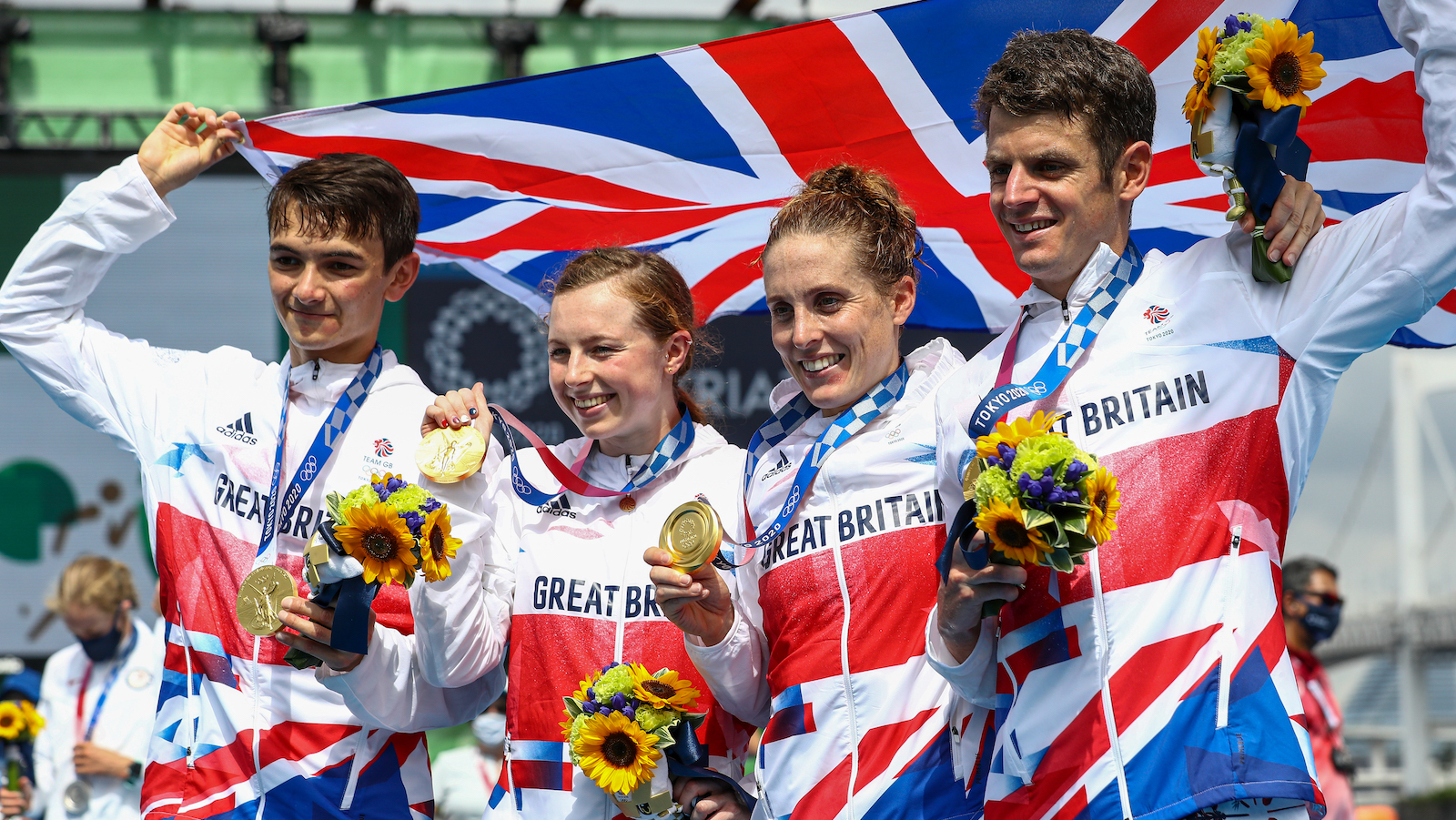
Super League Triathlon / supertri
Super League Triathlon – renamed supertri in 2024 – is primarily a ‘made for TV’ race series featuring top elites. supertri rips up the rule book when it comes to triathlon, throwing the strict order of swim-bike-run-done out of the window to play around with a range of formats.
In the Triple Mix for example, athletes will race three separate races with limited recovery time – but the order or the disciplines in each race will be changed. In the Enduro, while swim-bike-run is the order… athletes have to do that three times, with no break. The addition of the supertri E has also brought triathlon into the world of e-racing, with athletes competing in an indoor venue using a swimming pool before riding on turbo trainers and treadmills to compete against each other on Zwift.
Middle distance/IRONMAN 70.3 and PTO T100
Stepping up from your short course triathlons, you’ve got middle distance triathlon. Dominated by IRONMAN 70.3 and Challenge Family races, the Professional Triathletes Organisation have recently added a new middle distance race format to the scene: the T100.
Half Ironman / Middle Distance
Typically covering 70.3 miles, the middle distance or ‘half IRONMAN’ is generally the most popular with age-groupers in the long course racing scene. The distance is still a significant challenge, but compared to a full IRONMAN the training volume required is a bit more compatible for balancing work and family life.
You’ll also find plenty of pro triathletes who focus on this distance, with IRONMAN offering up a 70.3 World Champion title each year and Challenge Family hosting their flagship ‘The Championship’ middle distance race.
Take a look at our pick of the best middle distance triathlons for first timers
![Mathis Margirier wins the Challenge Championship in Samorin 2023 [Photo credit: Activimages / Challenge Family]](https://www.tri247.com/wp-content/uploads/2023/05/Mathis-Margirier-wins-the-Challenge-Championship-in-Samorin-2023.jpg)
PTO T100 series
The PTO’s 100km race format has shaken up the middle distance pro racing scene in recent years. Former Olympic star Ashleigh Gentle recently described the PTO races as ‘like an Olympic distance effort… but for 3.5 hours’. The high octane, dynamic race format has attracted some of the best in the sport from both short and long course to go head to head over the middle distance – from Kristian Blummenfelt and Taylor Knibb, to Lucy Charles-Barclay and Jan Frodeno.
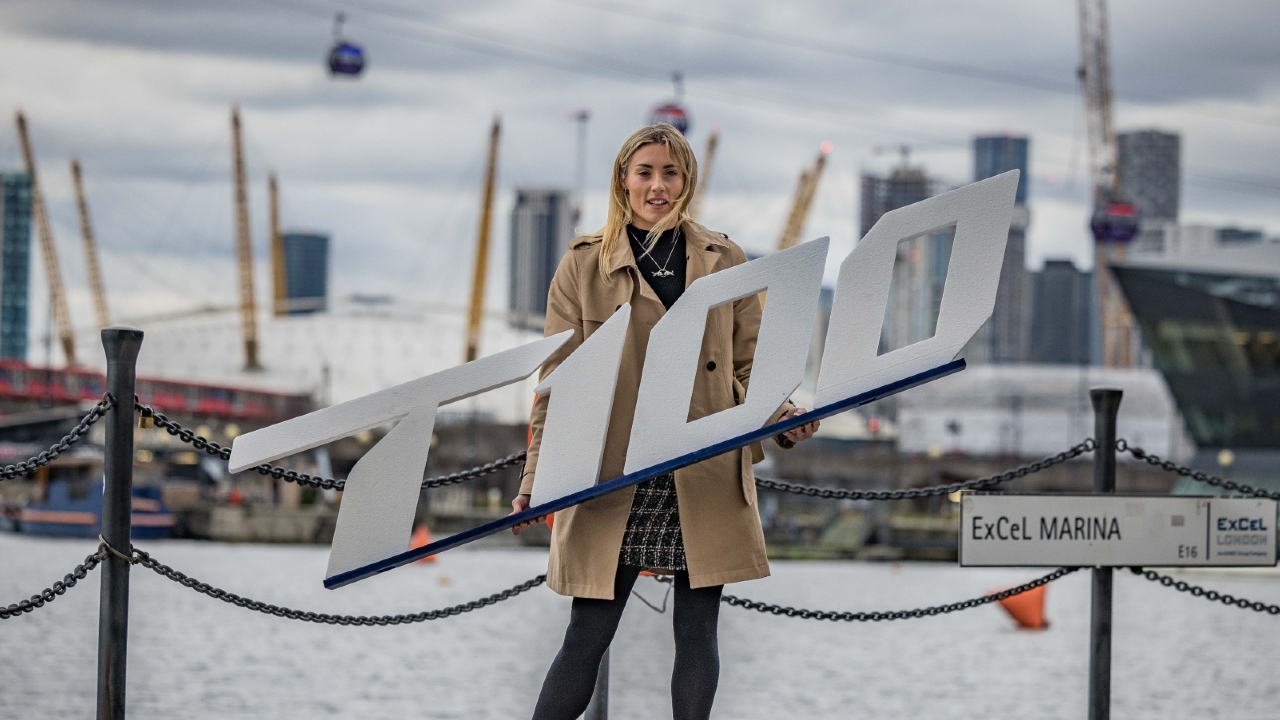
The T100 series is the new kid on the block in the middle distance racing scene. Launched early in 2024, T100 comprises multiple 100km races around the world. For pros, it offers up a season-long narrative, and the chance to compete for a new World Champion title. For age-groupers, the introduction of more amateur racing opens up the opportunity to not only watch the pros – but race the same courses.
The slightly shorter bike (80km) and run (18km) makes the 100km an accessible challenge for those just stepping up, and offers experienced long distance racers the chance to up the intensity.
Long course: Ironman/full distance and XTRI
Long course triathlon refers to anything above the middle/half Ironman distance. Typically, long distance triathlon refers to the Iron-distance of 140.6 miles. And if that’s not enough of an extreme challenge, the introduction of extreme Ultra Triathlons and XTRI such as the Norseman means there’s no shortage of ways to test your limits.
Ironman and full distance
The 140.6-mile Ironman distance is where the sport of triathlon began. In the late 70s, three existing events on the island of Oahu in Hawaii – the Waikiki Rough Water Swim, the Around Oahu Bike Race and the Honolulu Marathon were combined, back-to-back, to determine who were the greatest endurance athletes: swimmers, cyclists or runners.
Since then, the Iron distance has become a worldwide phenomenon – with thousands of athletes every year pushing their limits to achieve the kudos of becoming ‘an Ironman’. We’ve come a long way from those early days where Dave Orlowski famously completed the bike leg in a pair of denim hot pants!
IRONMAN, the brand, is the largest organiser of long-distance triathlon events. Pros and age-groupers can compete around the world, with the chance to qualify for the world championship in Kona or Nice. A Pro Series has also been introduced recently, which will see the elites competing for a spot in the rankings.
Challenge Family also offer up several full distance triathlon races, including their flagship Challenge Almere-Amsterdam race and the legendary Challenge Roth – which often sets the stage for Iron-distance records.
Ultra Triathlon and XTRI
Regular Ironman distance racing not enough to get you excited? For those that want to really step things up a notch, the world of XTRI and ultra tri offers up the chance to really go extreme.
Multi-day ‘stage’ races such as the Ultraman Triathlon – a three day 320 mile race series with a World Championships in Hawaii – are ideal for those who aren’t satisfied with just one day of racing.
For those seeking more challenging terrain and conditions, turn to the Xtreme triathlon scene. Events such as the iconic Norseman and Patagonman are typically close to the iron-distance. But icy temperatures, vast amounts of elevation and off road sections alongside the need to be much more self-sufficient offer up a rugged style of racing that appeals to those with an adventurous streak.
Read our top tips for taking on an extreme triathlon.
Quick-fire triathlon distances recap
Super sprint, sprint, Olympic, middle distance/Ironman 70.3, PTO 100km, full distance/Ironman
The distance for the swim depends on the overall triathlon distance. For a sprint triathlon, the swim is usually 750m. An Olympic triathlon features a 1500m swim. Meanwhile for a half Ironman you’ll swim 1.9km. And a full Ironman involves a 3.8km swim.
A typical sprint triathlon comprises a 750m swim, a 20km bike and a 5km run.
An Olympic triathlon usually involves a 1500m swim, a 40km bike and a 10km run.
An Ironman (or full distance triathlon) is 140.6 miles long. Athletes complete a 2.4 mile swim, a 112 mile bike and a 26.2 mile marathon run.

